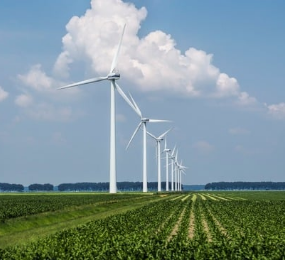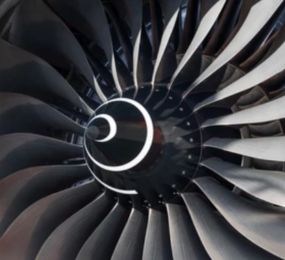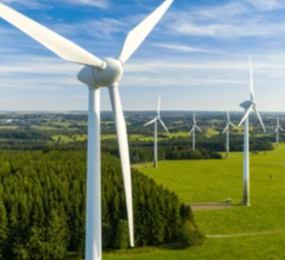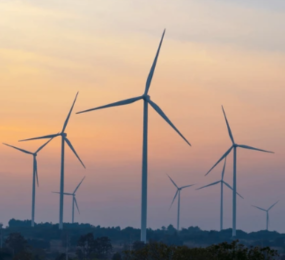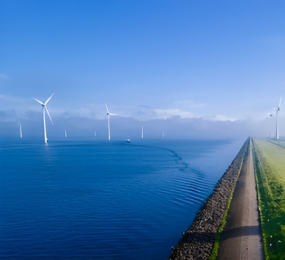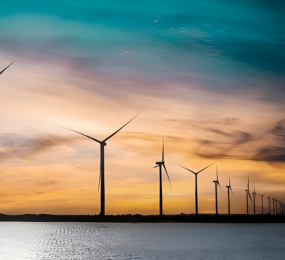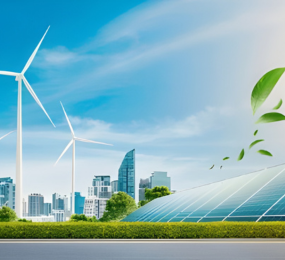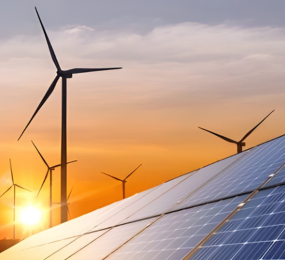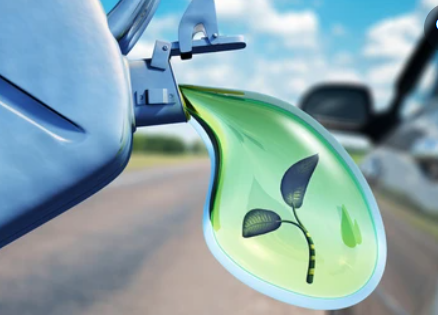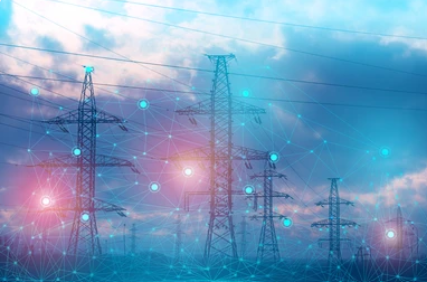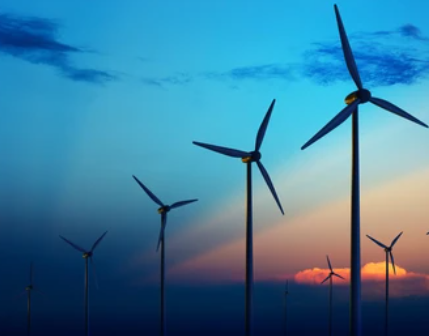The Power Behind the Blades: How Wind Turbine Blades Are Shaping the Future of Energy
Towering over hillsides, coastlines, and open plains, wind turbines have become modern icons of sustainability. At the heart of each turbine is a component that rarely gets the spotlight—but plays a critical role in capturing clean energy: the wind turbine blade.
These massive, aerodynamic blades are the driving force behind one of the world’s fastest-growing sources of renewable power. More than just impressive feats of engineering, they represent human ingenuity and our collective commitment to a more sustainable energy future.
More Than Just Blades in the Wind
Wind turbine blades might look simple from a distance, but their design is the result of years of innovation in aerodynamics, materials science, and mechanical engineering. A typical utility-scale blade stretches 60 to 120 meters long—longer than a Boeing 747 wing. The shape is carefully optimized to extract the maximum possible energy from the wind, turning kinetic force into rotational motion that drives an electricity-generating turbine.
Materials matter too. Most blades are built from lightweight yet strong composites like fiberglass or carbon fiber. These materials allow blades to be both long and durable without buckling under the stress of constant rotation and wind pressure.
Scaling Up for a Greener Grid
As demand for renewable energy grows, turbine blades are getting longer and more efficient. Why? Because longer blades can sweep more area, capturing more wind and generating more power. Offshore wind farms, in particular, are pushing the limits—with some turbines now using blades over 100 meters long and generating up to 15 megawatts per unit.
This scale brings benefits beyond just output. More efficient turbines mean fewer installations are needed to produce the same amount of power, reducing land use, infrastructure costs, and environmental impact.
Challenges in Design, Production, and End-of-Life
Despite their promise, wind turbine blades pose real challenges. Manufacturing them is energy-intensive, and transporting such long structures requires logistical finesse.
But perhaps the most pressing issue is end-of-life disposal. Blades are notoriously hard to recycle due to their composite construction.
Fortunately, new approaches are emerging. From recyclable blade designs to second-life applications like turning retired blades into bridges or building materials, the industry is actively working to close the loop on blade lifecycle sustainability.
A Symbol of Progress
Wind blades have become visual symbols of climate action, dotting landscapes with a quiet reminder that change is possible. They also represent a convergence of science, engineering, and environmental responsibility—proof that when the world aligns innovation with purpose, progress follows.
Learn more on our website: https://www.leadventgrp.com/events/3rd-annual-wind-blade-materials-and-recycling-forum/details
For more information and group participation, contact us: [email protected]
Leadvent Group - Industry Leading Events for Business Leaders!
www.leadventgrp.com | [email protected]




